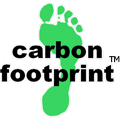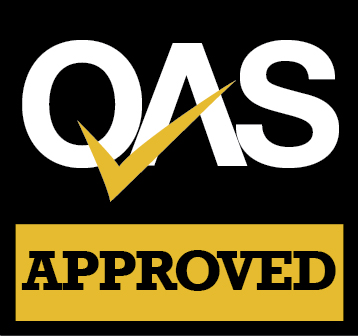RMDLT Portel-Pará REDD Project
Helping to Reduce Deforestation in the Amazonian Rainforest, Brazil
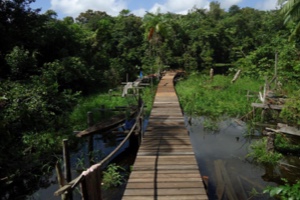
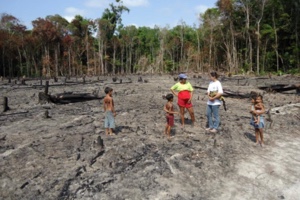
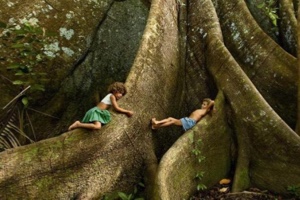


RMDLT Portel‑Pará REDD Project
The project is located within the Amazon – the largest remaining rainforest on our planet and home to ~10% of all species, including endangered wildlife that depends on intact forests for survival.
News Update – Portel‑Pará REDD Project is Safe and Protected
The project is safe and unaffected by recent Amazon fire events reported in the media. We operate an active fire management program with a permanent on‑site presence.
Recent larger fires were concentrated in Acre and Rondônia. There were some fires ~30 km south of Portel that have since been extinguished.
While forest fires can be part of natural cycles (e.g., lightning), many fires in Brazil are suspected to be deliberately set. Regardless, the RMDLT Portel‑Pará project is funded and equipped to manage fire risk.
What the Project Does
This Portel‑Pará REDD project prevents unplanned deforestation driven by logging, squatting and conversion to pasture. It is expected to avoid over 22 million tonnes CO2e across 40 years through land management as a “private conservation reserve” with rigorous monitoring and enforcement. Since 2012, local villagers have been trained and employed as monitoring/enforcement staff.
The Project Area comprises 177,899.5 ha within 17 privately owned parcels (“Glebas”), totaling 194,402.8 ha in Portel municipality (Portel micro‑region). The local population includes “Ribeirinhos” (riverine settlers) along rivers and igarapés (small streams). There are no indigenous communities within the Project Area.
Critical for Biodiversity
The project lies in an area of high biodiversity importance (Brazilian Ministry of Environment), supporting species critical to ecological processes and local livelihoods (e.g., Brazil nut and other high‑value timber species).
The zone hosts numerous mammals, birds, reptiles, amphibians and fish. Threatened primates include Cebus kaapori (Ka’apor Capuchin) and Chiropotes satanas (Black Bearded Saki). In carnivores, Leopardus tigrinus (oncilla) is vulnerable and Pteronura brasiliensis (giant otter) is endangered. Other threatened mammals: Myrmecophaga tridactyla (giant anteater) and Priodontes maximus (giant armadillo).
Approved to CCB Standards (Second Edition): Climate Adaptation & Biodiversity Gold Level
VCS assures accurate, transparent carbon accounting; CCB certifies social & environmental co‑benefits. Gold Level recognises exceptional co‑benefits.
Key Project Activities
- Training in forest & biodiversity monitoring; local jobs in monitoring/enforcement
- Strengthening community organization and governance
- Linking legal land‑ownership rights to conservation outcomes
- Capacity building to gain land‑use rights in public forests
- Agroforestry training and pilot plots
- Efficient cookstove training and pilots
- Support for small, sustainable enterprises
- Engagement with cattle ranchers entering the Project Boundary
Social & Sustainability Benefits
- Job creation linked to sustainable forest management
- Training and skills development
- Protection of critical biodiversity habitats

Following a QAS approved carbon footprint calculation, this project meets the requirements of the Quality Assurance Standard (QAS) for Carbon Offsetting. As part of this we are audited to ensure all offsets sold are retired on appropriate registries within 12 months of purchase.
Already calculated your carbon footprint and ready to offset?
Contact Us if you need to offset over 100 tonnes of CO2 — choose your specific project and get the best prices.
